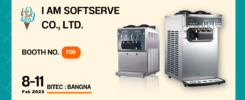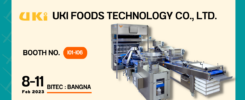GREEN PACKAGING MARKET – GROWTH, TRENDS, COVID-19 IMPACT, AND FORECASTS (2022 – 2027)
The Green Packaging Market is segmented by Type of Packaging (Recycled Content Packaging, Reusable Packaging, Degradable Packaging), End User Industry (Food, Beverage, Pharmaceutical, Personal Care), and Geography.
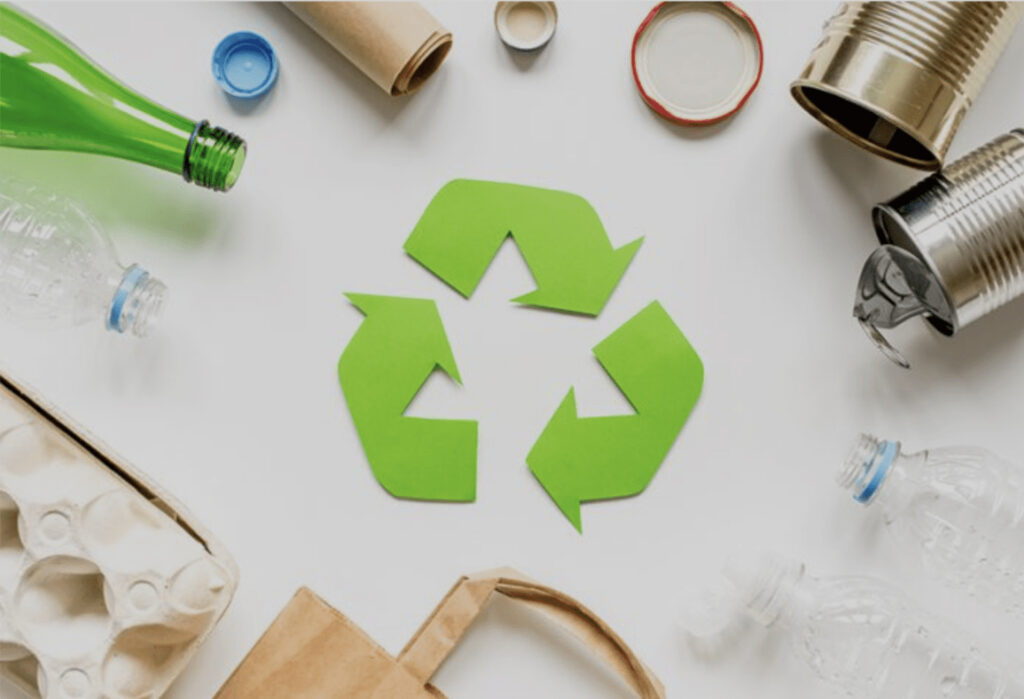
Market Overview
Thank you for reading this post, don't forget to subscribe!
The Green Packaging Market is expected to register a CAGR of 5.7% over the forecast period from 2021 to 2026. As the COVID-19 outbreak became a pandemic, coverage began shifting away from sustainability and towards the virus and its impact on the world. The pandemic has also seen a rise in plastic waste. According to Forbes, a lot of personal protective equipment (PPE) used by the public is being discarded carelessly. The pushback against single-use plastic bans has heightened demand for bottled water, plastic bags, and disposable wipes, and sanitizers.
Concerns about environmental impacts caused by these plastic bottles continue to increase across the food and beverage industry, leading to several companies using recycled plastic (rPET) in their bottle design, thus, boosting the market growth. Increasing awareness about environmental concerns among consumers and industries is primarily increasing the growth of the green packaging market.
Increasing public awareness about environmental concerns has resulted in higher demand for sustainable packaging and processing operations. Sustainability initiatives have advanced considerably, leading manufacturers to reduce the source material by downgrading, creating thinner and lighter packaging, and reducing waste. Issues about sustainability, environment, ethics, safety, quality, and product costs are becoming increasingly crucial for modern-day consumers when purchasing products. A number of these issues are also enforced by legislative packaging regulations, which is expected to have a positive impact on the green packaging market, globally.
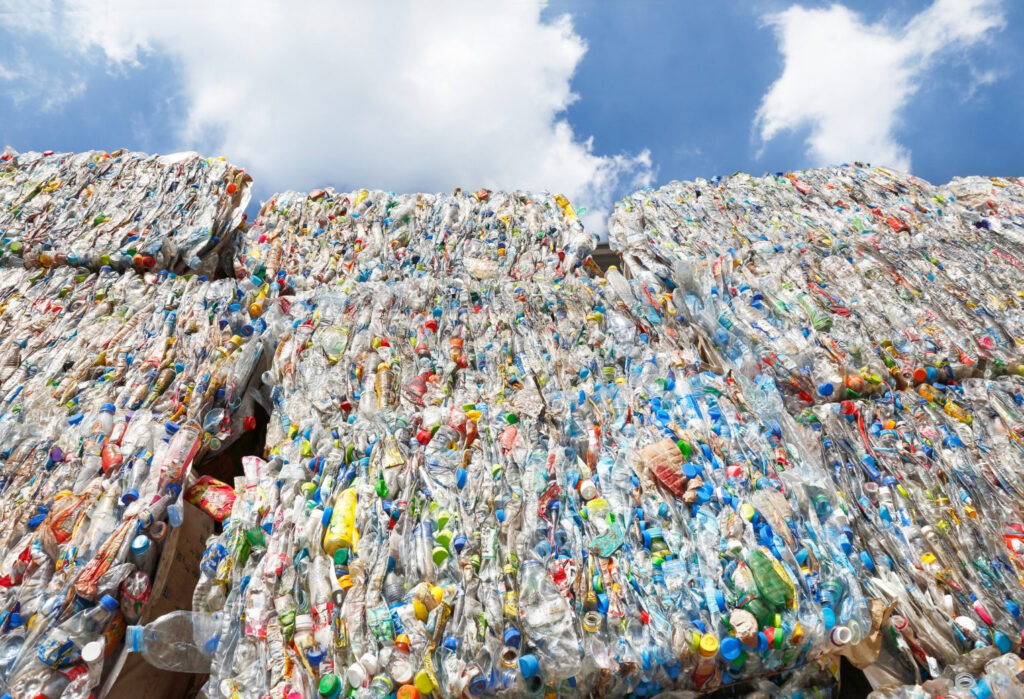
In January 2020, Nestlé planned to spend as much as 2 billion Swiss francs (USD 2.1 billion) on shifting its packaging from virgin plastics to food-grade recycled plastics and increasing the development of more sustainable solutions. The food giant said it will buy up to 2 million metric tons of food-grade recycled plastics and devote more than USD 1.6 billion to pay a premium for these materials between 2020 and 2025. The company also will launch a sustainable packaging venture fund with 250 million Swiss francs (USD 260 million) to invest in start-up companies focusing on these areas.
In October 2019, Coca-Cola Western Europe and Coca-Cola European Partners (CCEP) stepped up their ambitions for a World Without Waste by accelerating their joint action plan to collect, recycle, and reuse their packaging. The two partners are raising the bar of This is Forward, their sustainability action plan for Western Europe, which pledged that by 2025 Coca-Cola would collect a can or bottle for everyone that it sells; ensure that all of its packagings are 100% recyclable and ensure that at least 50% of the content of its plastic bottles comes from recycled material. They announced further goals designed to accelerate their delivery of a sustainable packaging roadmap for Western Europe, ensuring that all of their packagings are collected, recycled, and reused.
The beginning of 2020 saw packaging news dominated by stories related to helping the environment and becoming as sustainable as possible. Many companies were switching to eco-friendly alternatives and coming up with innovative technology to help the environment in the packaging industry. Edible or biodegradable packaging was widely discussed as alternatives.
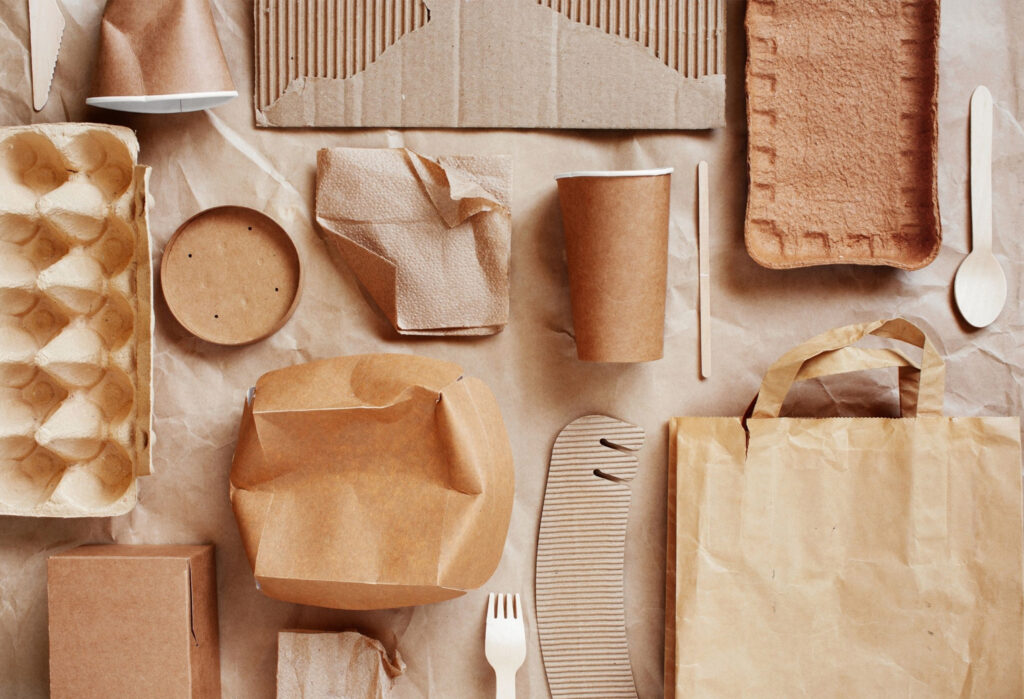
Scope of the Report
Green packaging, also known as sustainable packaging makes use of materials and manufacturing methods for the packaging of goods that has a significantly low impact on both energy consumption and the environment. Following the government regulations, most of the manufacturers use sustainable packaging to eliminate the contaminants and chemicals that destroy the water, soil, and atmosphere of the planet.
Competitive Landscape
With opportunities benefiting existing players and enabling their entry, the green packaging market is experiencing intensive competition. Barriers to entry of new players are relatively low, coupled with packaging companies witnessing an increase in sales, the competitive rivalry in the market is increasing considerably. The Green packing market studied comprises market incumbents, such as Amcor Limited, DS Smith PLC, Ball Corporation, and TetraPak International SA. Several regional firms and new entrants are also trying to gain significant market share.
source : www.mordorintelligence.com

